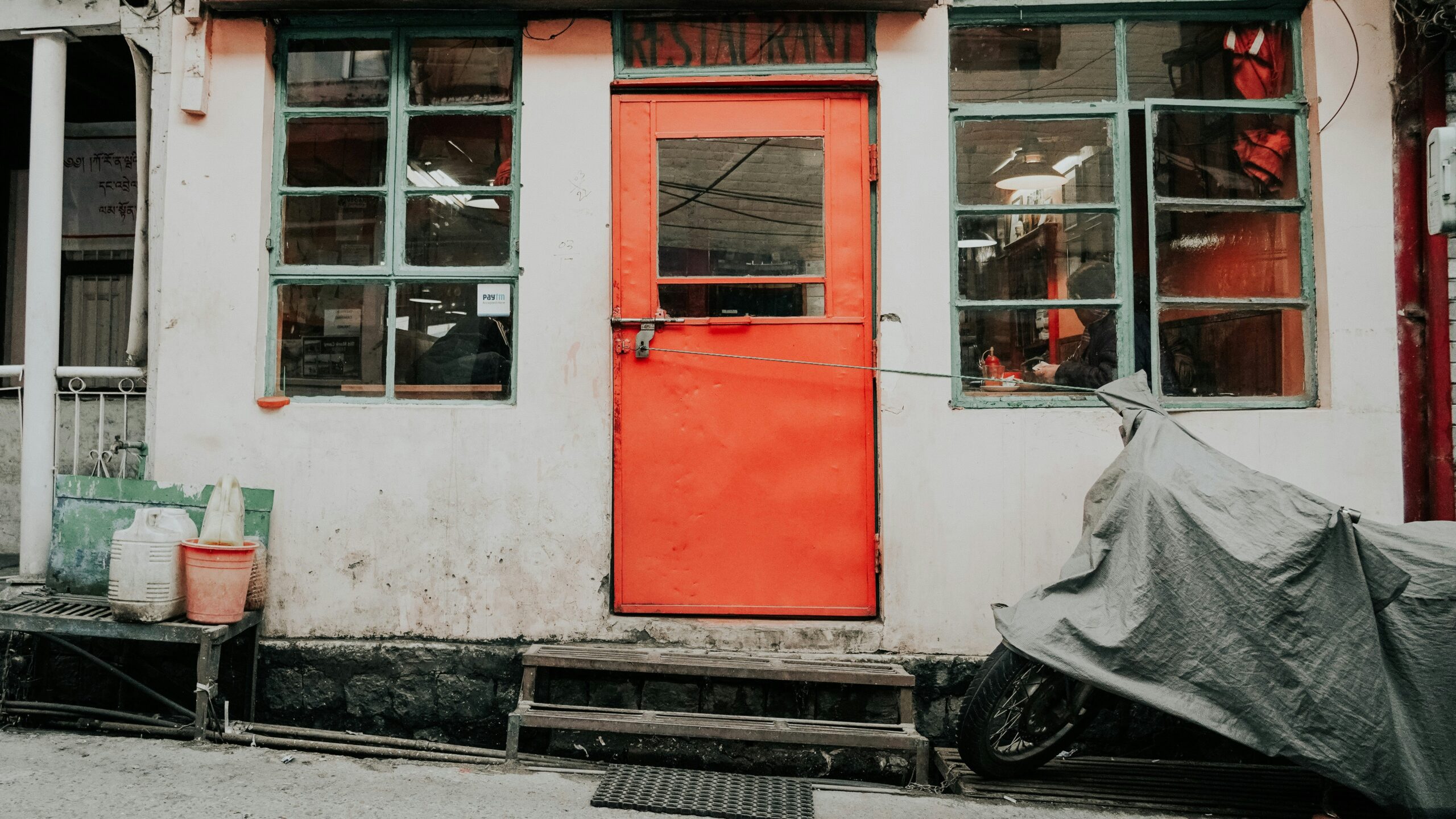Dharamshala is more than just a breathtaking destination; it is a living testament to resilience, culture, and spiritual awakening. Its journey from a modest town to a prominent Tibetan cultural hub is a fascinating narrative woven with threads of history, politics, and community.
Early Beginnings
Dharamshala’s origins date back to the early 19th century when it was established as a small British garrison town. Nestled amidst dense forests and stunning mountains, it initially served as a retreat for British officials seeking respite from the sweltering heat of the plains. The cool climate and serene landscapes made it an appealing escape, but the town remained relatively obscure for decades.
The Tibetan Exodus
The pivotal moment in Dharamshala’s history came in 1959 when thousands of Tibetan refugees fled their homeland following the Chinese invasion. Among them was the 14th Dalai Lama, who sought asylum in India. The Indian government, under Prime Minister Jawaharlal Nehru, welcomed these refugees, and Dharamshala was chosen as the seat of the Tibetan government-in-exile.
This marked the beginning of Dharamshala’s transformation into a vibrant center of Tibetan culture and spirituality. The arrival of the Dalai Lama infused the town with a sense of purpose and renewed energy, as it became a sanctuary for Tibetan traditions and teachings.
Cultural Renaissance
As Tibetan refugees settled in the region, they brought with them their rich cultural heritage. Monasteries, temples, and cultural institutions sprang up, turning Dharamshala into a hub for Tibetan Buddhism. The Tsuglagkhang Complex, home to the Dalai Lama’s residence and the main temple, became a focal point for spiritual seekers and tourists alike.
The town is now dotted with vibrant monasteries, such as Gyuto Monastery and Namgyal Monastery, where monks engage in prayer, meditation, and teaching. These institutions not only serve the spiritual needs of the Tibetan community but also attract visitors from around the globe, eager to learn about Buddhism and Tibetan culture.
The Arts and Education
Dharamshala is also known for its commitment to preserving Tibetan arts and crafts. Various cultural organizations, including the Tibetan Institute of Performing Arts, promote traditional music, dance, and theater. Workshops and festivals celebrate Tibetan art, fostering a deep appreciation for its unique aesthetics.
In addition to the arts, education plays a crucial role in Dharamshala’s cultural fabric. Schools and institutions offer Tibetan language courses and teachings on Buddhism, ensuring that the younger generation stays connected to their heritage. The town has become a center for learning, attracting students and scholars from across the world.
Modern-Day Dharamshala
Today, Dharamshala is a thriving destination that beautifully blends tradition and modernity. Its streets are bustling with cafes, shops, and wellness centers, catering to both tourists and locals. Visitors can indulge in yoga retreats, meditation workshops, and holistic healing, drawn to the town’s serene energy.
Yet, despite its growing popularity, Dharamshala has managed to retain its spiritual essence. The annual Dharamshala International Film Festival and various cultural events highlight the town’s commitment to art and dialogue, further cementing its role as a beacon of Tibetan culture.
Conclusion
The evolution of Dharamshala from a quaint garrison town to a significant Tibetan cultural center is a remarkable journey shaped by history and resilience. It stands today as a symbol of hope and perseverance for the Tibetan people and a source of inspiration for those seeking spiritual growth and cultural understanding. Whether you’re drawn by the stunning landscapes, the rich history, or the profound spirituality, Dharamshala invites you to explore and connect with its vibrant heritage.





